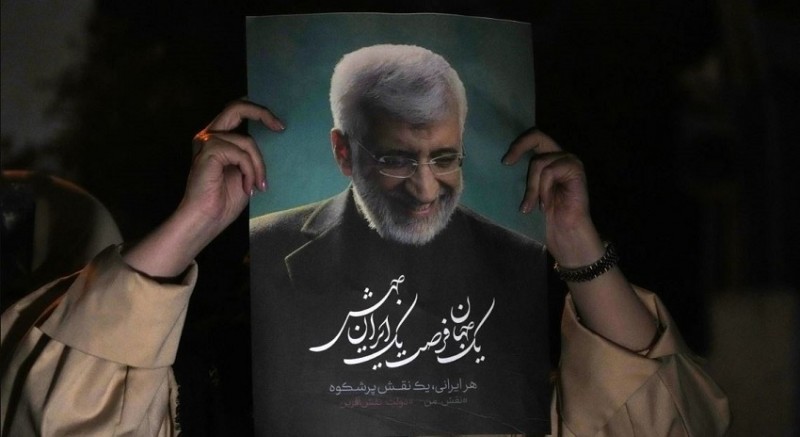
Iran held its presidential runoff on Friday to replace the late President Ebrahim Raisi, who died in a helicopter crash last month. The election comes amid widespread public apathy in the Islamic Republic, marked by economic challenges, protests, and regional tensions.
Voters faced a choice between Saeed Jalili, a hard-line former nuclear negotiator, and Masoud Pezeshkian, a heart surgeon and longtime parliament member aligned with moderates and reformists within Iran's Shiite government.
The initial round of voting on June 28 did not yield a winner with over 50% of the vote, necessitating the runoff. The election saw historically low turnout, raising questions about participation in the runoff.
Calls for a boycott, including from imprisoned Nobel laureate Narges Mohammadi, contributed to the low voter turnout, reflecting broader public disengagement amid the absence of a significant opposition movement within or outside Iran.
Since the 1979 Islamic Revolution, women and advocates for radical change have been excluded from the ballot, and the election lacked oversight from internationally recognized monitors.
The runoff occurs amidst heightened tensions in the Middle East, exacerbated by the Israel-Hamas conflict in Gaza. Earlier in April, Iran launched its first direct attack on Israel, while Tehran-backed militias like Hezbollah in Lebanon and Houthi rebels in Yemen escalated their activities.
Meanwhile, Iran continues to enrich uranium close to weapons-grade levels and maintains a significant stockpile, a legacy of its 2015 nuclear deal which collapsed in 2018 following US withdrawal. Hard-liners now dominate Iran's government.
While Supreme Leader Ayatollah Ali Khamenei holds ultimate authority, presidents can influence Iran's stance towards the West, either through confrontation or negotiation.
Interior Minister Ahmad Vahidi oversaw the election, with polls opening at 8 a.m. local time. Supreme Leader Khamenei traditionally casts one of the first votes.
Over 61 million Iranians over 18 were eligible to vote, including 18 million aged 18 to 30.
This election marks only Iran's second presidential runoff since 1979, following the 2005 contest won by hard-liner Mahmoud Ahmadinejad over former President Akbar Hashemi Rafsanjani. Ahmadinejad's presidency was marked by international sanctions, the 2009 Green Movement protests, and subsequent crackdowns.
Supporters of Pezeshkian warned against Jalili, likening his potential governance to a "Taliban"-style regime. In turn, Jalili criticized Pezeshkian for fear-mongering in his campaign.
Ebrahim Raisi, who died in the May 19 helicopter crash along with the foreign minister and others, was a protege of Khamenei and a potential successor as supreme leader. He was known for his role in Iran's 1988 mass executions and crackdowns on dissent after the 2022 protests over Mahsa Amini's death.
More News Updates:
Iran and Bahrain Begin Talks to Restore Diplomatic Relations
Iranian Officials Mobilize Voters Ahead of Friday Runoff
Recent Heavy Rains Trigger Floods and Landslides in Northeast India, Killing 16 So Far